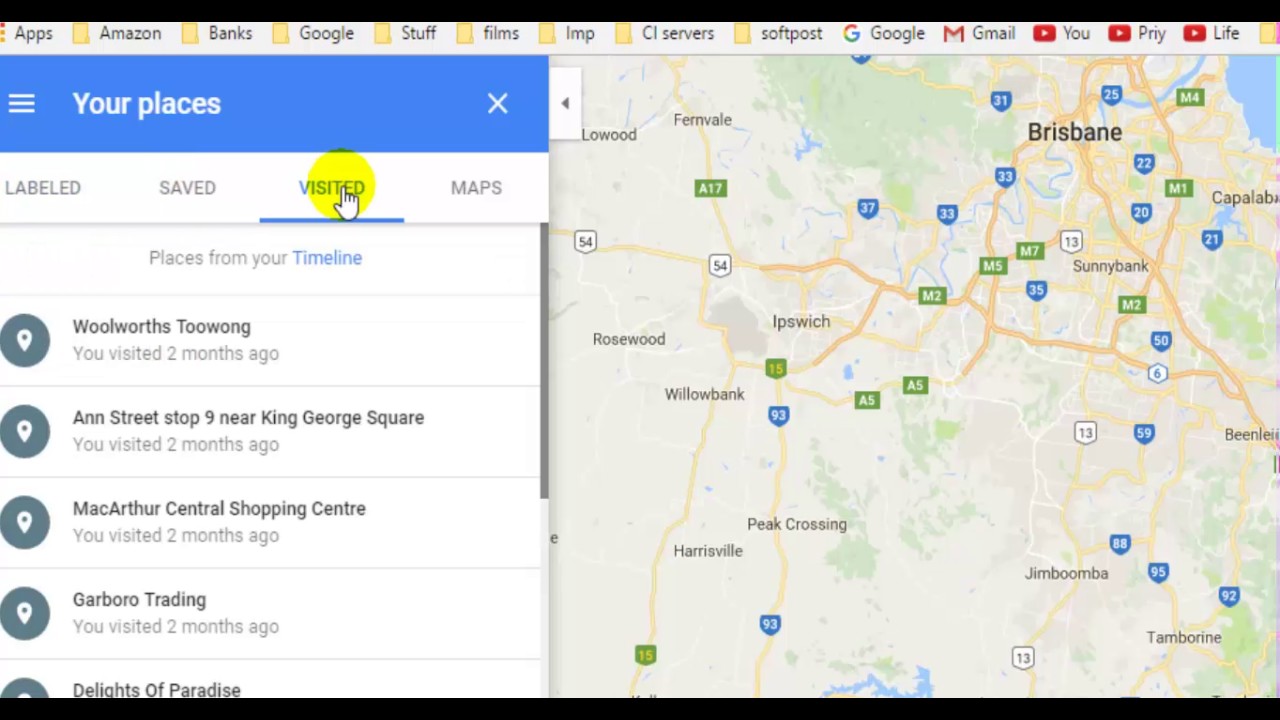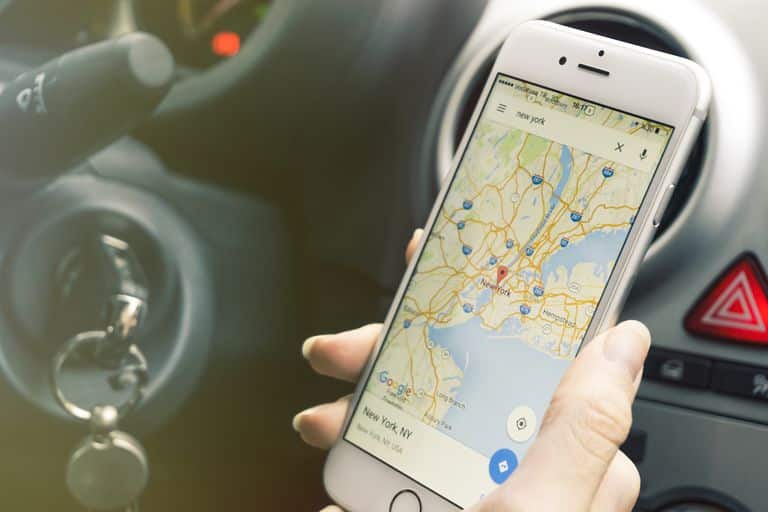Google Maps has simplified your navigation process in your own city or another city. Gone are the days of getting worried about getting lost or forgetting the precise route to and from your destination.
There are lots of features in Google Maps that are there to enhance the user’s experience and help you navigate easily. One of these features is the ability to add your home address to the app, letting you quickly navigate to your house from wherever.
And luckily for you, adding your home address in the application is straightforward. See How To Save Your Home Address In Google Maps?:
How To Add Your Home Address In Google Maps?
- To start, launch Google Maps on your phone and tap “Menu.” After that, tap “Your Places.”

You Might Also Want To Read- How To Create A Map In Google Maps?
- Now, tap “Set home address.”
- You can now type in your home address in the search bar.
- You can even choose the option to select your location on the map and let the app detect your location.
- After selecting your location, tap “save” to make sure your home address is saved.
How Can I Change My Home Address In Google Maps?
If you have already stored a home address and now want to change it, it is simple as well.
- Launch Google Maps on your phone and tap “Menu.”
- Now, tap “Your Places.”
- Now, tap “More” close to “Home.”
- Now, tap “Edit home.”
- Now, choose the preferred location and tap Save.
How Can I Get Directions To My Home In Google Maps?
Immediately after setting your home address in Google Maps, it can be used to quickly navigate from any location to your house.
- Launch Google Maps on your phone, tap “Go.”
- Now tap “Home” to view directions to your house.
- You can now tap “Start” or choose another mode of transportation as per what you want.
More Information About Google Maps
Google Maps is a web mapping service developed by Google. It offers satellite imagery, aerial photography, street maps, 360° panoramic views of streets (Street View), real-time traffic conditions, and route planning for traveling by foot, car, bicycle and air (in beta), or public transportation.
Google Maps began as a C++ desktop program at Where 2 Technologies. In October 2004, the company was acquired by Google, which converted it into a web application. After additional acquisitions of a geospatial data visualization company and a realtime traffic analyzer, Google Maps was launched in February 2005. The service’s front end utilizes JavaScript, XML, and Ajax. Google Maps offers an API that allows maps to be embedded on third-party websites, and offers a locator for businesses and other organizations in numerous countries around the world. Google Map Maker allowed users to collaboratively expand and update the service’s mapping worldwide but was discontinued from March 2017. However, crowdsourced contributions to Google Maps were not discontinued as the company announced those features will be transferred to the Google Local Guides program.
Google Maps’ satellite view is a “top-down” or “birds eye” view; most of the high-resolution imagery of cities is aerial photography taken from aircraft flying at 800 to 1,500 feet (240 to 460 m), while most other imagery is from satellites. Much of the available satellite imagery is no more than three years old and is updated on a regular basis. Google Maps used a variant of the Mercator projection, and therefore could not accurately show areas around the poles. However, in August 2018, the desktop version of Google Maps was updated to show a 3D globe as the default projection. It is still possible to switch back to the Mercator Projection in the settings.
Google Maps for Android and iOS devices was released in September 2008 and features GPS turn-by-turn navigation along with dedicated parking assistance features. In August 2013, it was determined to be the world’s most popular app for smartphones, with over 54% of global smartphone owners using it at least once.
In 2012, Google reported having over 7,100 employees and contractors directly working in mapping.

